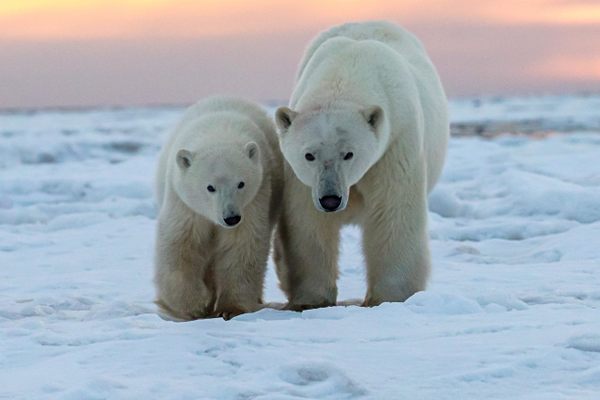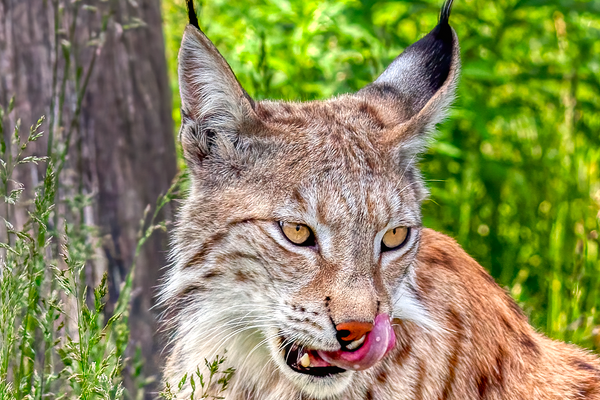Animals Do Better Living in an Irradiated Forest Than Near Humans

A boar living happily in the irradiated forest (Photo: ArcticWolf/Flickr)
For the past decade or so, as sightings of wildlife in the irradiated Chernobyl exclusion zone have become commonplace, scientists have been trying to determine whether living in a place that humans fear has adversely affected these animals. Now, a new study published in Cell Biology, adds evidence that wildlife is thriving in the radiation zone.
In the years after the explosion, it seemed possible that any animals that spent too much time in the irradiated zone might suffer from mutations or other negative effects of radiation. But scientists, tourists and locals have known now for many years that animals are living seemingly happy and healthy lives in the abandoned forest.
This new study, though, is the first systematic census of wildlife in the 1,600-square-mile exclusion zone. And it shows that wildlife is indeed thriving here. While the scientists originally hypothesized that the effects of radiation would suppress the densities of mammalian life in the zone, they found that elk, deer and boar are as abundant in the irradiated zone as in four of the region’s national parks.
While observations of wildlife have abounded, scientists have argued over whether the impacts of lingering radiation are harming the population of animals living in the forest. This new study showed no adverse effects on a population level from radiation. (It still may be the cause of the deaths of individual animals, but not at such high rates that it’s impacting the overall health of the wildlife community.)
These results don’t necessarily mean that radiation is harmless. But, as one co-author told the Washington Post, “what people do when they’re there is so much worse.” In other words, it’s better for wildlife to live in a place that people are afraid to because they’ve spilled radioactive particles all over it than to live near actual people.















Follow us on Twitter to get the latest on the world's hidden wonders.
Like us on Facebook to get the latest on the world's hidden wonders.
Follow us on Twitter Like us on Facebook